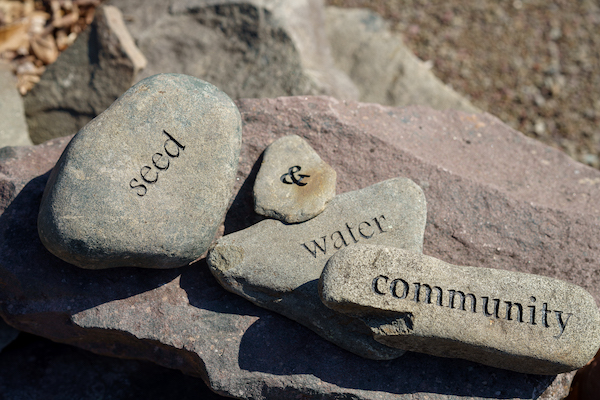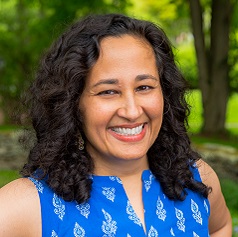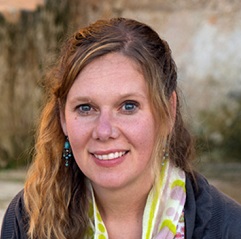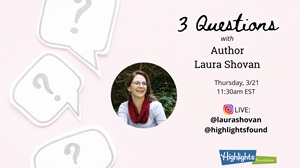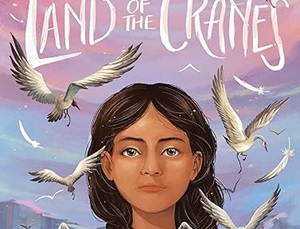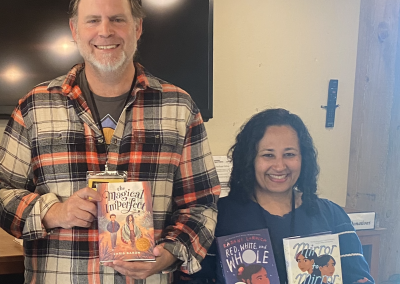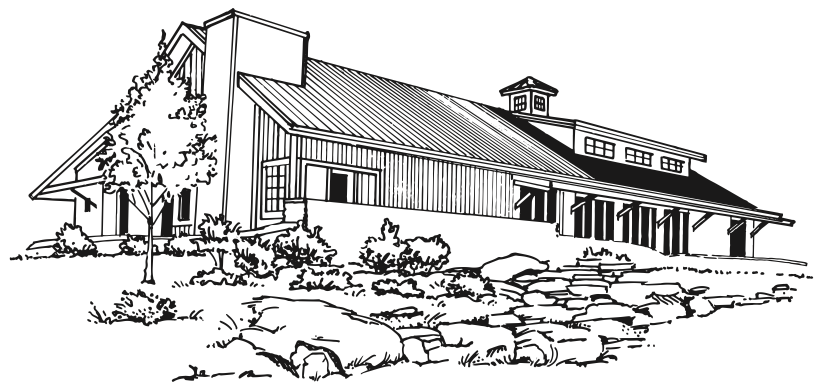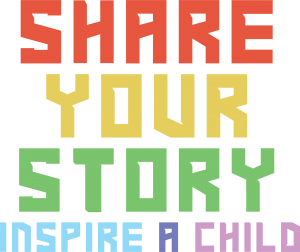We’re sharing some resources from 3 of our novels in verse faculty: Chris Baron, Rajani LaRocca and Cordelia Jensen, all of whom are passionate about writing novels in verse!
Interview with Chris Baron on Watch.Connect.Read.
I’ve always loved the idea of the image being the truth and beauty of a story. I think this was my initial draw to novels in verse. I love the way verse can shake up our expectations of a story even as traditional story elements-like plot, setting, conflict-are still all present. I think that poetry speaks to the heart. We see with more than just our eyes, and the music of poetry helps to make words sing directly to us. This can be so helpful–especially when dealing with more difficult subject matter. I think young readers see and feel, but aren’t always good at “talking about” what they experience. Novels in verse can help articulate the internal landscape in a unique way.
Novels in verse relate to all kinds of readers. There is space on the page, measured breaks, pacing, music, and movement of lines that a reader of almost any level can find their way into. The structure of verse creates an intimacy with a reader that allows them to hear the tone and cadence of a character’s voice. This can create even stronger connections for readers.
Watch a Read Aloud and Poetry Exercise with Chris Baron:
Publishers Weekly Q&A With Rajani LaRocca
PW: Red, White, and Whole is a novel in verse. What are the joys and challenges of writing in this form?
Rajani: I wrote it in verse because that was how the story came to me—as a metaphor of blood and all that it means in terms of biology and heredity and family and community. I knew that this story was going to be very emotional and I knew that it was going to be very interior. I knew [the reader was] going to stay in the main character Reha’s head the whole time.
I’d never written a novel in verse before. I read every verse novel I could get my hands on and learned a lot from that. I also lucked out and attended a first novel workshop with Elizabeth Acevedo. She gave us pointers to think on when writing in verse. We did poetry writing exercises, and a revised version of a poem [I wrote in that workshop] is in Red, White, and Whole. I wrote the book in six weeks. It just poured out of me. Verse is particularly suited to very emotional topics. Because of the [visual] space on the page, it leaves space in the reader’s mind for emotions. You can tackle subjects that might otherwise be heavy with a light hand so that people can experience the depth of emotion.
Watch Colby Sharp: Live Conversation with Red, White and Whole Author Rajani LaRocca:
Listen to Rajani LaRocca on the Joyful Learning Podcast: The Joy of Novels in Verse:
Rajani talks with host Melissa Thom: Listen now.
Why Verse? An Interview with Cordelia Jensen, by Laurie Morrison
Laurie: What did the verse format allow you to [in The Way the Light Bends]do that you wouldn’t have been able to do without it?
Cordelia: One of my favorite parts about writing verse is the way you get to shape white space, like you are a sculptor of words. Because Linc is an artist, I decided to let her imaginative voice shine through in the words themselves. She plays with white space and line breaks more than any other character I have written. She also shows her artistic flair by using punctuation in unusual ways sometimes and also by using different fonts.
In every moment while writing this story, I wondered how I could push the visual part of the poetry as I knew this would give the reader the best insight into Linc’s mind. Free verse is a great form for Linc because the verse itself allows (almost demands) a creative approach to seeing the world.

